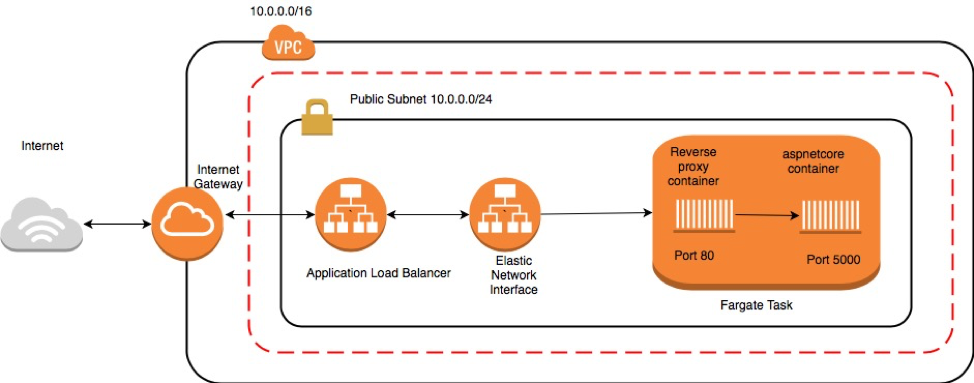AWS Compute Blog
Category: Enterprise Strategy
An attendee’s guide to hybrid cloud and edge computing at AWS re:Invent 2023
This post is written by Savitha Swaminathan, AWS Sr. Product Marketing Manager AWS re:Invent 2023 starts on Nov 27th in Las Vegas, Nevada. The event brings technology business leaders, AWS partners, developers, and IT practitioners together to learn about the latest innovations, meet AWS experts, and network among their peer attendees. This year, AWS re:Invent […]
Use MAP for Windows to Simplify your Migration to AWS
There’s no question that organizations today are being disrupted in their industry. In a previous blog post, I shared that such disruption often accelerates organizations’ decisions to move to the cloud. When these organizations migrate to the cloud, Windows workloads are often critical to their business and these workloads require a performant, reliable, and secure […]
Estimating Amazon EC2 instance needed when migrating ERP from IBM Power Systems
This post courtesy of CK Tan, AWS, Enterprise Migration Architect – APAC Today, there are many enterprise customers who are keen on migrating their mission critical Enterprise Resource Planning (ERP) applications from on-premises to the AWS Cloud. Some of these applications are Oracle E-Business Suite (Oracle EBS) or SAP running on IBM Power Systems. The […]
Automating your lift-and-shift migration at no cost with CloudEndure Migration
This post is courtesy of Gonen Stein, Head of Product Strategy, CloudEndure Acquired by AWS in January 2019, CloudEndure offers a highly automated migration tool to simplify and expedite rehost (lift-and-shift) migrations. AWS recently announced that CloudEndure Migration is now available to all customers and partners at no charge. Each free CloudEndure Migration license provides 90 […]
Learn about hourly-replication in Server Migration Service and the ability to migrate large data volumes
This post courtesy of Shane Baldacchino, AWS Solutions Architect AWS Server Migration Service (AWS SMS) is an agentless service that makes it easier and faster for you to migrate thousands of on-premises workloads to AWS. AWS SMS allows you to automate, schedule, and track incremental replications of live server volumes, making it easier for you […]
Implementing enterprise integration patterns with AWS messaging services: point-to-point channels
This post is courtesy of Christian Mueller, Sr. Solutions Architect, AWS and Dirk Fröhner, Sr. Solutions Architect, AWS At AWS, we see our customers increasingly moving toward managed services to reduce the time and money that they spend managing infrastructure. This also applies to the messaging domain, where AWS provides a collection of managed services. Asynchronous messaging is […]
Implementing enterprise integration patterns with AWS messaging services: publish-subscribe channels
This post is courtesy of Christian Mueller, Sr. Solutions Architect, AWS and Dirk Fröhner, Sr. Solutions Architect, AWS In this blog, we look at the second part of some fundamental enterprise integration patterns and how you can implement them with AWS messaging services. If you missed the first part, we encourage you to start there. Read Part 1: […]
Hosting ASP.NET Core applications in Amazon ECS using AWS Fargate
This post courtesy of Sundararajan Narasiman, AWS Partner Solutions Architect There is an increasing amount of customer interest in hosting microservices-based applications using Amazon Elastic Container Service (ECS), largely due to the benefits offered by AWS Fargate. AWS Fargate is a compute engine for containers that allows you to run containers without needing to provision, […]
Measuring the throughput for Amazon MQ using the JMS Benchmark
This post is courtesy of Trevor Dyck, Sr. Product Manager, AWS Messaging, and Alan Protasio, Software Development Engineer, Amazon Web Services Just like compute and storage, messaging is a fundamental building block of enterprise applications. Message brokers (aka “message-oriented middleware”) enable different software systems, often written in different languages, on different platforms, running in different […]
Integrating Amazon MQ with other AWS services via Apache Camel
This post courtesy of Massimiliano Angelino, AWS Solutions Architect Different enterprise systems—ERP, CRM, BI, HR, etc.—need to exchange information but normally cannot do that natively because they are from different vendors. Enterprises have tried multiple ways to integrate heterogeneous systems, generally referred to as enterprise application integration (EAI). Modern EAI systems are based on a […]






